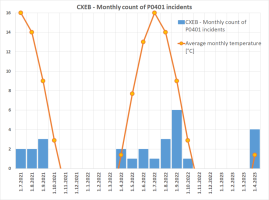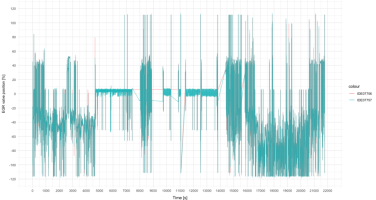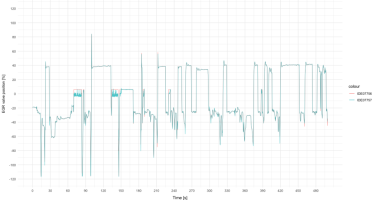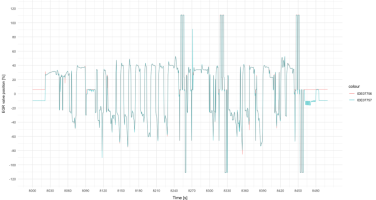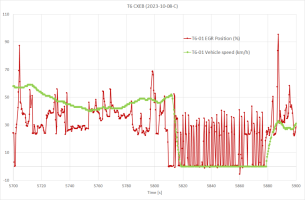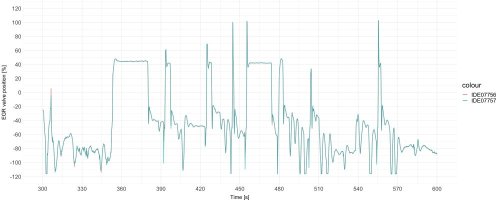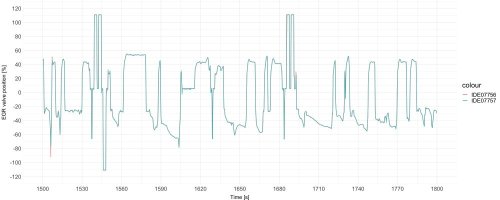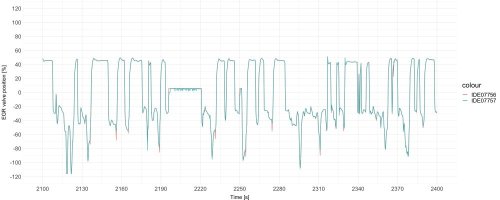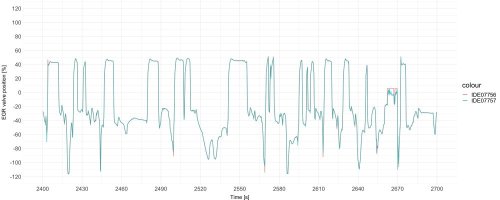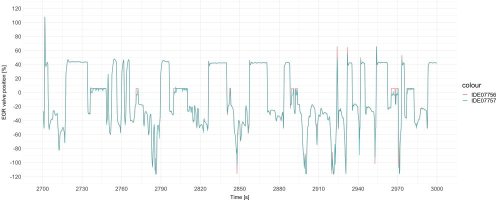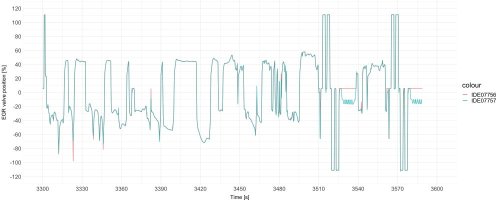.......There's few moments where there's little bit difference between commanded and actual value and they're again around when EGR is closed (close to 0). Especially at the very end of the last image. That said, most of the time EGR seems to work fine.
Did they say what the error they saw was?
Thanks so much for your help again! Much appreciated.
Yes codes seen (and reset) by the garage were:
Code:
P046C00 - Implausible signal
P245700 - Exhaust Gas Recirculation: engine power too low
The engine warning light came on again during my next journey, so I ran a code check using Car Scanner app and it reported:
Code:
P046C00: EGR Sensor "A" Circuit Range/Performance
Exhaust Gas Recirculation Sensor "A" Circuit, Range/Performance
P046C00: EGR Sensor "A" Circuit Range/Performance
Status: Pending, Confirmed, Test failed since last DTC clear, Test not completed during this operation cycle
I have what looks to be a reasonable quote for EGR blanking and software EGR delete but it is definitely a high enough cost to make me have a pause for thought.... Is there any way to make an educated decision on spending the money now or later?
If it's just guess work then that's fine, but if there is a high probability that the problem is an annoyance rather than something that is damaging the engine - or a low probability for that matter - that would be very helpful to know.
I'm doing about 7,000 miles a year, currently on 150,000. I got a clean bill of health from a millers oil test (in September 2022 which was 4,000 miles after the previous full service) except for soot level:
The only other comment I could make is that the soot is a little high, soot becomes an abrasive contaminant at higher levels thus we warn at 1% and declare a critical level at 2%. Your sample, at 0.8%, is within the acceptable range but the miles on the oil is given as 4245; since contaminants can reasonably be expected to increase with mileage, the result would be 1.9% at 10,000 miles, almost at the critical level. High soot in oil is a symptom of sticking EGR valves but could have various other causes as well.
I've attached two more sets of data from the very long drive I did on Friday. Looks to me like the same type of behaviour.

